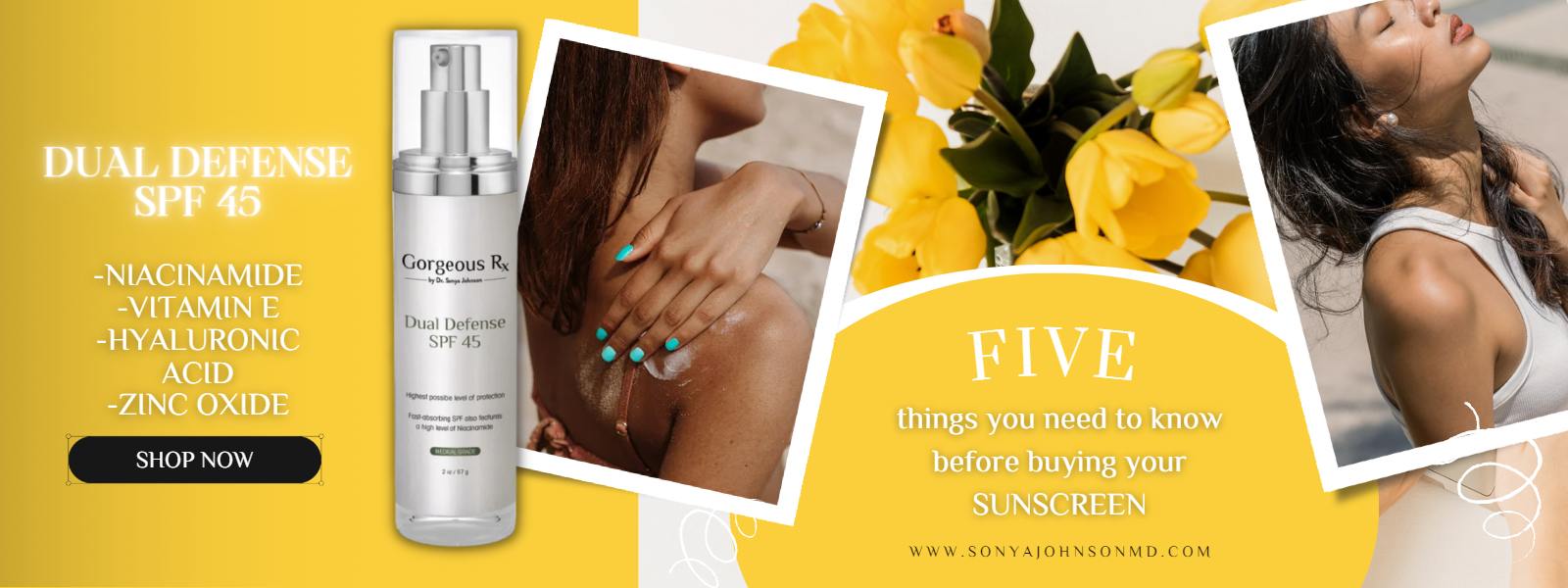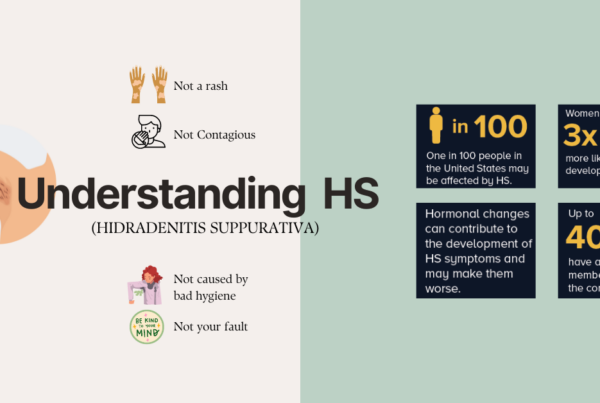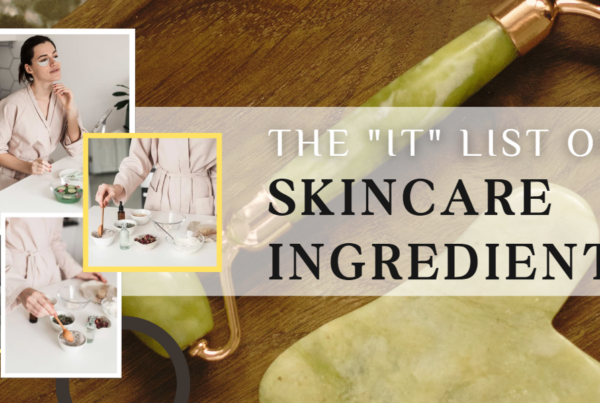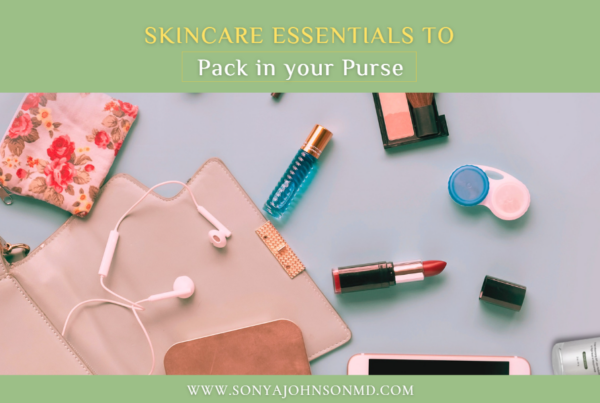A good sunscreen is hands down THE skin essential all year long. If it feels and looks good on your skin, you will reach for it all summer long, without even noticing!
In this blog, let’s divulge to ensure you find your next favorite SPF formula to get a safer dose of the sun and hopefully make a habit out of it!
But First, How Does A Sunscreen Work?
The key is understanding the difference between a chemical and a physical filter, and how well they are suited to YOUR SKIN TYPE.
Sunscreens work by either blocking or absorbing UV rays through various physical and chemical particles.
While the physical particles such as ZINC OXIDE and TITANIUM DIOXIDE help reflect UV radiation from the skin, the chemical ingredients in the sunscreen react with the radiation before it penetrates the skin. Our skin releases energy upon absorption.
1- Pick a Broad Spectrum SPF
Make sure your sunscreen pick offers protection from UVA and UVB rays. Broad-spectrum coverage with an SPF of 30 to 50 is ideal. UVA rays affect our skin more because they penetrate deeper than UVB. Both cause damage to the skin, making it important that we use protection against both, including sunburn and sun damage.
Dermatologist Pro Tip 1:
Avoid products higher than SPF 50. They might have a higher price tag but may not provide any higher protection.
Dermatologist Pro Tip 2:
Your lips need sun protection too! Use a lip balm that contains SPF.
2- Choose the Right Formula for Your Skin Type
For sensitive skin, a fragrance-free sunscreen can limit reaction and inflammation. Opt for a physical or mineral sunscreen (zinc oxide and titanium dioxide) that protects the skin. Physical sunscreen is less irritating and better suited for sensitive skin because it sits on top of your skin as a protective barrier.
If you have an oily to combination or acne-prone skin, choose a hypoallergenic, and non-comedogenic formula. The Gorgeous Rx Dual Defense SPF 45 has a powerful combination of Niacinamide and Zinc, that unclogs pores and reduces shine and inflammation. An ideal match for oily/combination skin.
For mature skin, look for ingredients that combat signs of aging, reduce oxidative stress, and protect from sun damage.
For dry skin, you can go for moisturizers with sunscreen or sunscreens that contain hydrating ingredients.
3- Make Reapplication Easy
For the sunscreen to be able to offer maximum protection, the reapplication step is crucial.
A spray formula can be great for reapplication, but you might miss a few spots here and there. If you like the spray versions, rub them in properly.
Compact sunscreens tend to be a popular vote when it comes to reapplication.
4- Choose a Sunscreen That Works for Your Skin Tone
People with darker skin tones may prefer chemical sunscreens which do not leave behind residue. However, an ideal combination would be a physical and a chemical sunscreen, both present in the formulation, such as the Dual Defense. The combination formulas do not leave a white cast and offer maximum protection from UVA and UVB rays.
5- Make Using Sunscreen A Part Of Your Makeup/Morning Routine
Incorporating sunscreen in your morning cleanse and makeup routine might do the trick of making you habitual. If you do not like the idea of reapplying sunscreen over your makeup, choose a face setting spray or mist containing SPF and sprit all over and pat, or better yet a buildable foundation or compact. Always apply sunscreen under your makeup— A thin coat of sunscreen; covering the face, neck, and ears, allow it to absorb. Layer up with a foundation, concealer, or mist (preferably with SPF). Reapply in your preferred format, after every 2 hours.
Sunscreen Usage Tips
If it’s daytime, sunscreen is your best friend. No matter which season of the year it is
If your body is exposed, apply about two fingers of sunscreen to the exposed parts of your body. If you use a spray, apply it evenly over the whole body.
Apply at least half an hour before stepping into the sun.
Reapply every two hours. Reapply after excessive sweating, swimming, or toweling off.
Frequently Asked Questions
What is the best type/format of sunscreen?
The important thing is that you enjoy the texture and the formulation of your SPF, so you do not leave it behind! A sunscreen is useful, only when correctly used and timed– an ounce of sunscreen to the entirety of your exposed body.
Can I skip moisturizer and use sunscreen for oily skin?
Yes, you can skip moisturizer and use sunscreen only if you have an oily skin type. Check if your sunscreen contains moisturizing ingredients like Hyaluronic, Vitamin E, Niacinamide, etc.





